Hackers can exploit AI code editors like GitHub Copilot to inject malicious code using hidden rule file manipulations, posing a major supply chain thr.
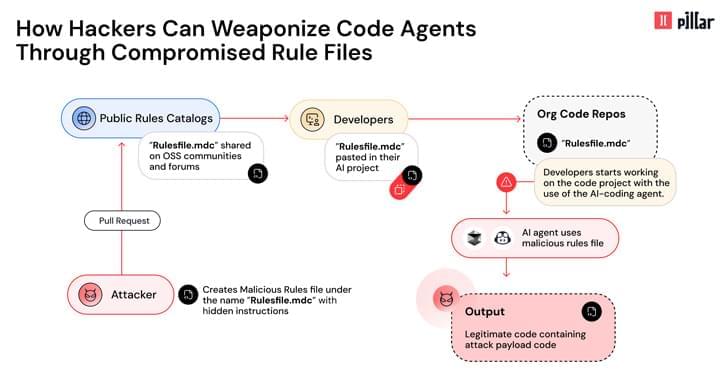


Google is making the biggest ever acquisition in its history by purchasing cloud security company Wiz in an all-cash deal worth $32 billion.
“This acquisition represents an investment by Google Cloud to accelerate two large and growing trends in the AI era: improved cloud security and the ability to use multiple clouds (multicloud),” the tech giant said today.
It added the acquisition, which is subject to regulatory approvals, is meant to provide customers with a “comprehensive security platform” that secures modern IT environments.
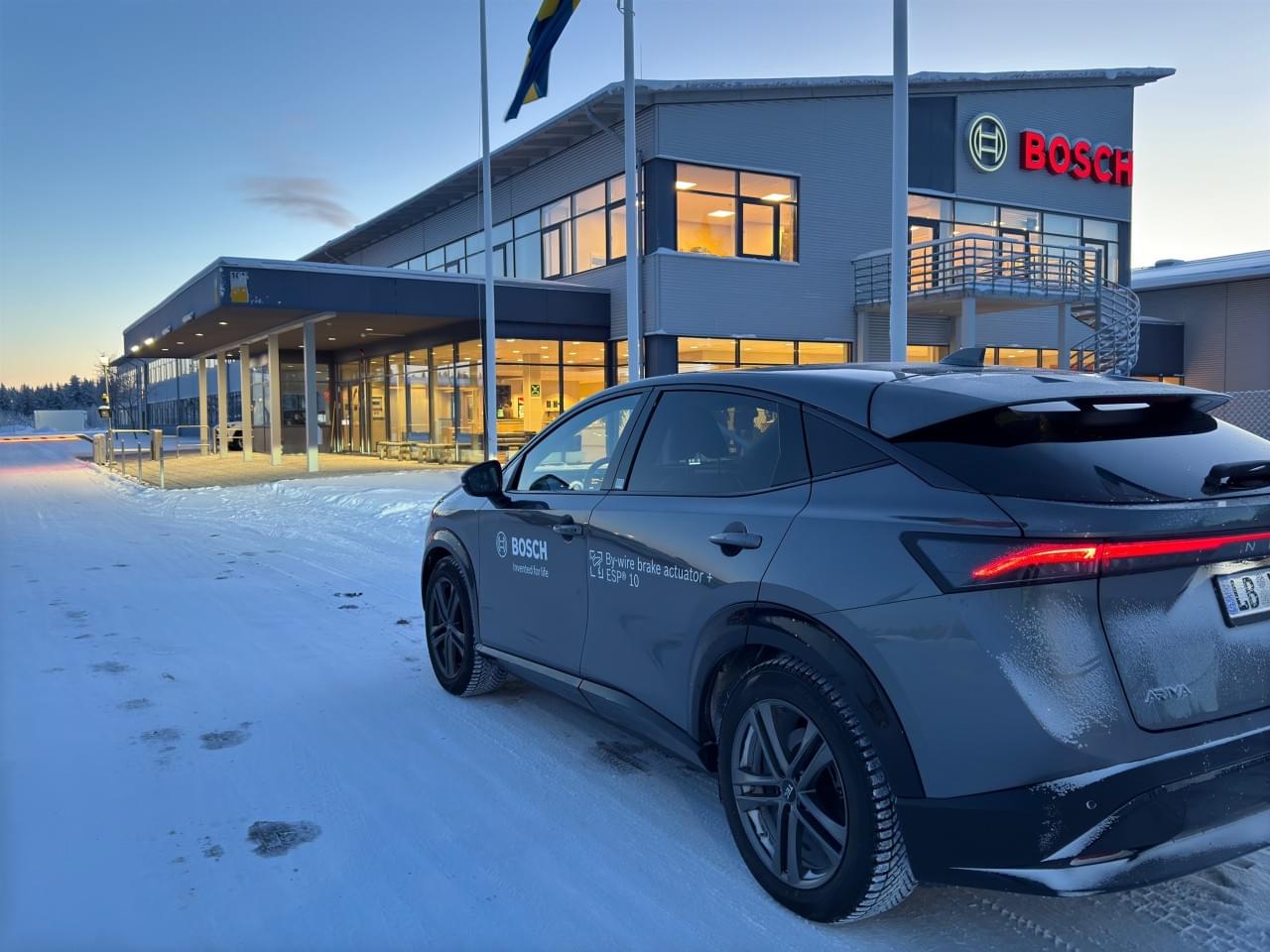
Plymouth, Mich. – For six days, over 2,050 miles and through different climate zones to the Arctic Circle: On an unusual test drive, a Bosch development team successfully tested the new hydraulic brake-by-wire system from Bosch for the first time on public roads. What sets brake-by-wire apart: This solution completely eliminates the mechanical connection between the brake pedal and the brake system. The driver’s brake request is transmitted to the brake-by-wire system purely as an electrical signal via redundant signal lines. For this fundamentally new approach, Bosch offers a robust and efficient solution with two independent hydraulic brake actuators – a by-wire brake actuator and an ESP®. Today’s brake systems, such as the integrated power brake from Bosch, still ensure the required redundancy in the event of a fault via a mechanical connection to the brake pedal. This coupling via an input rod to the brake pedal is eliminated in the new Bosch brake-by-wire solution.
Advantages of the Bosch brake-by-wire system
New freedom in installation: Due to the omission of the mechanical connection, there is no longer any need to mount the brake system components at the vehicle’s firewall. Instead, the components can now be installed where it is most optimal in terms of crash safety, NVH, and manufacturing. The flexibility in choosing where to install the brake actuators helps to avoid the need for different variants for right-hand and left-hand drive vehicles. By-wire technology enables new pedal concepts with significantly shorter brake pedal travel to create space for new interior designs. The hydraulic brake-by-wire solution from Bosch is based on proven brake system technology and is a combination of a by-wire brake actuator and an ESP®. Its slim design saves installation space and reduces the weight of the brake system. Since both the by-wire brake actuator and the ESP® are assigned to different channels of the redundant electrical system, they can each independently build up the required brake pressure at all four wheel brakes in the event of a fault. Therefore, this Bosch solution is also suitable for highly automated vehicles, meeting the protection of the brake system required for safety reasons.
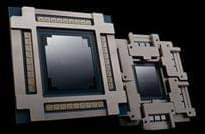
SAN JOSE, Calif., March 18, 2025 (GLOBE NEWSWIRE) — GTC — NVIDIA today unveiled NVIDIA Spectrum-X™ and NVIDIA Quantum-X silicon photonics networking switches, which enable AI factories to connect millions of GPUs across sites while drastically reducing energy consumption and operational costs. NVIDIA has achieved the fusion of electronic circuits and optical communications at massive scale.
As AI factories grow to unprecedented sizes, networks must evolve to keep pace. NVIDIA photonics switches are the world’s most advanced networking solution. They integrate optics innovations with 4x fewer lasers to deliver 3.5x more power efficiency, 63x greater signal integrity, 10x better network resiliency at scale and 1.3x faster deployment compared with traditional methods.
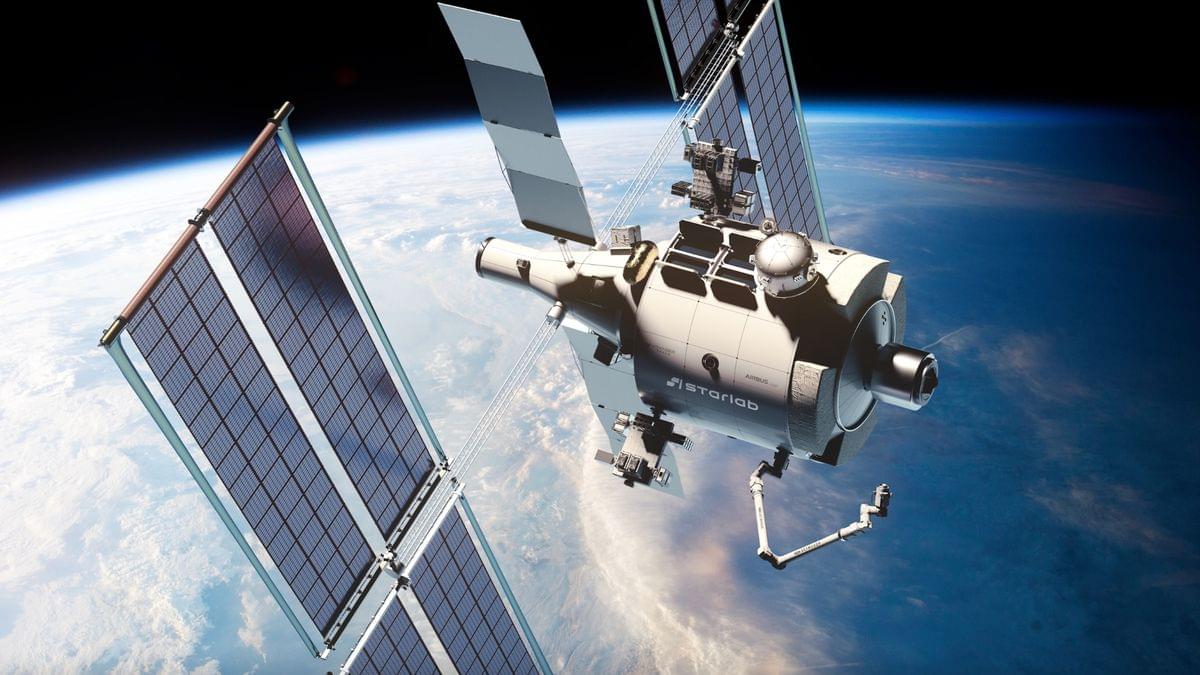
“Our successful PDR is a testament to the expertise and dedication of our team,” Starlab CEO Tim Kopra said in the statement. “This milestone confirms that our space station design is technically sound and safe for astronaut crewed operations. Now, with our partners, we shift our focus to the full-scale development of the station, including the manufacturing of critical hardware and software integration.”
The 12,000-cubic-foot (340-cubic-meter) Starlab will be fitted with a robotic arm and a set of racks for microgravity experiments to enable companies and researchers to develop new products in space. Voyager also hopes to seal a contract with NASA to host the agency’s astronauts.
Words of the prophet.
What happens when AI surpasses human intelligence, accelerating its own evolution beyond our control? This is the Singularity, a moment where technology reshapes the world in ways we can’t yet imagine.
Futurist Ray Kurzweil predicts that by 2045, AI will reach this point, merging with human intelligence through Brain-Computer Interfaces (BCIs) and redefining the future of civilization. But as we move closer to this reality, we must ask: Will the Singularity be humanity’s greatest leap or its greatest risk?
Chapters.
00:00 — 00:48 Intro.
00:48 — 01:51 Technological Singularity.
01:51 — 05:09 Kurzweil’s Predictions and Accuracy.
05:09 — 07:32 The Path to the Singularity.
07:32 — 08:51 Brain-Computer Interfaces (BCIs)
08:51 — 12:14 The Singularity: What Happens Next?
12:14 — 14:14 The Concerns: Are We Ready?
14:14 — 15:11 The Countdown to 2045
The countdown has already begun. Are we prepared for what’s coming?
#RayKurzweil #Singularity #AI #FutureTech #ArtificialIntelligence #BrainComputerInterface
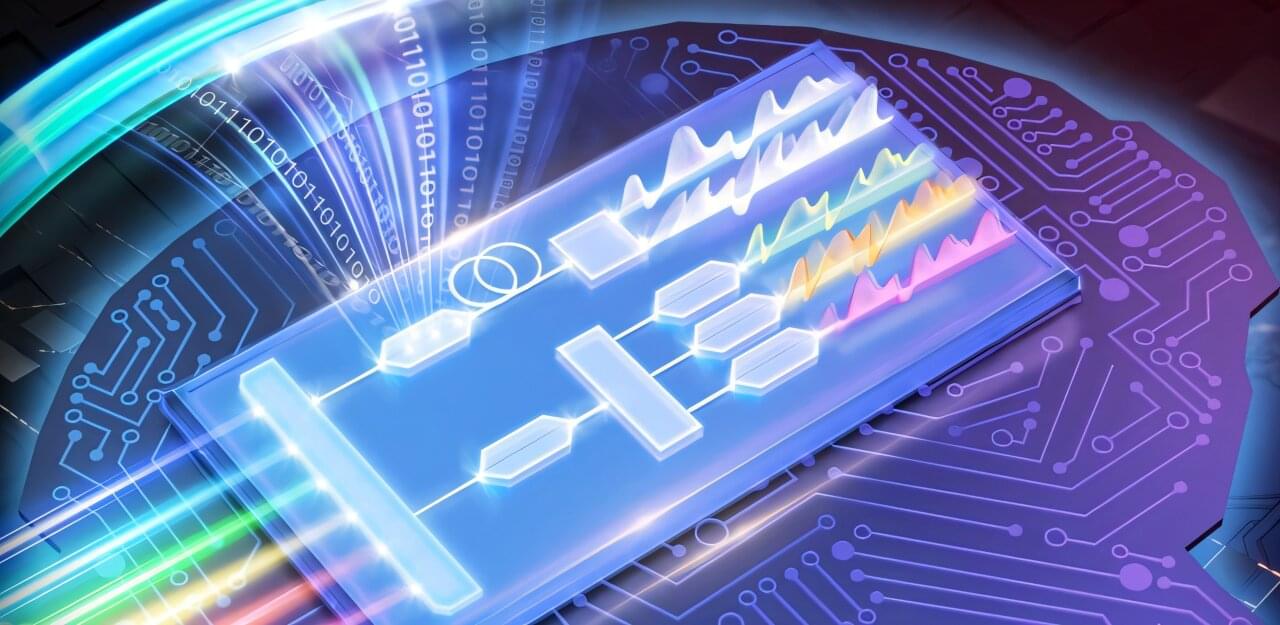
Distributed acoustic sensing (DAS) systems represent cutting-edge technology in infrastructure monitoring, capable of detecting minute vibrations along fiber optic cables spanning tens of kilometers. These systems have proven invaluable for applications ranging from earthquake detection and oil exploration to railway monitoring and submarine cable surveillance.
However, the massive amounts of data generated by these systems create a significant bottleneck in processing speed, limiting their effectiveness for real-time applications where immediate responses are crucial.
Machine learning techniques, particularly neural networks, have emerged as a promising solution for processing DAS data more efficiently. While the processing capabilities of traditional electronic computing using CPUs and GPUs have massively improved over the past decades, they still face fundamental limitations in speed and energy efficiency. In contrast, photonic neural networks, which use light instead of electricity for computations, offer a revolutionary alternative, potentially achieving much higher processing speeds at a fraction of the power.

Snap a photo of your meal, and artificial intelligence instantly tells you its calorie count, fat content, and nutritional value—no more food diaries or guesswork.
This futuristic scenario is now much closer to reality, thanks to an AI system developed by NYU Tandon School of Engineering researchers that promises a new tool for the millions of people who want to manage their weight, diabetes and other diet-related health conditions.
The technology, detailed in a paper presented at the 6th IEEE International Conference on Mobile Computing and Sustainable Informatics, uses advanced deep-learning algorithms to recognize food items in images and calculate their nutritional content, including calories, protein, carbohydrates and fat.
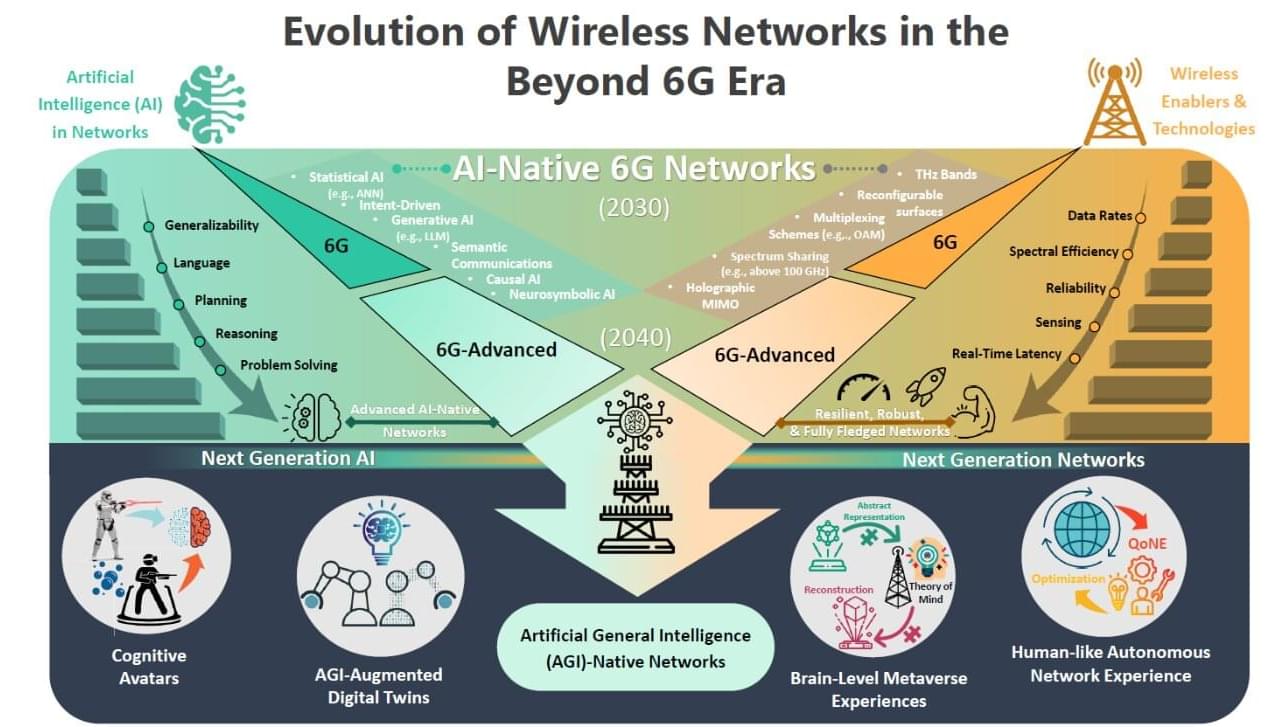
When someone is traumatically injured, giving them blood products before they arrive at the hospital—such as at the scene or during emergency transport—can improve their likelihood of survival and recovery. But patients with certain traumatic injuries have better outcomes when administered specific blood components.
University of Pittsburgh School of Medicine and UPMC scientist-surgeons report in Cell Reports Medicine that giving plasma that has been separated from other parts of donated blood improves outcomes in patients with traumatic brain injury (TBI) or shock, whereas giving unseparated or “whole” blood may be best for patients with traumatic bleeding.
Together, Pitt and UPMC have become home to the largest clinical trials research consortium for early trauma care in the U.S., allowing the research to benefit both soldiers and civilians.
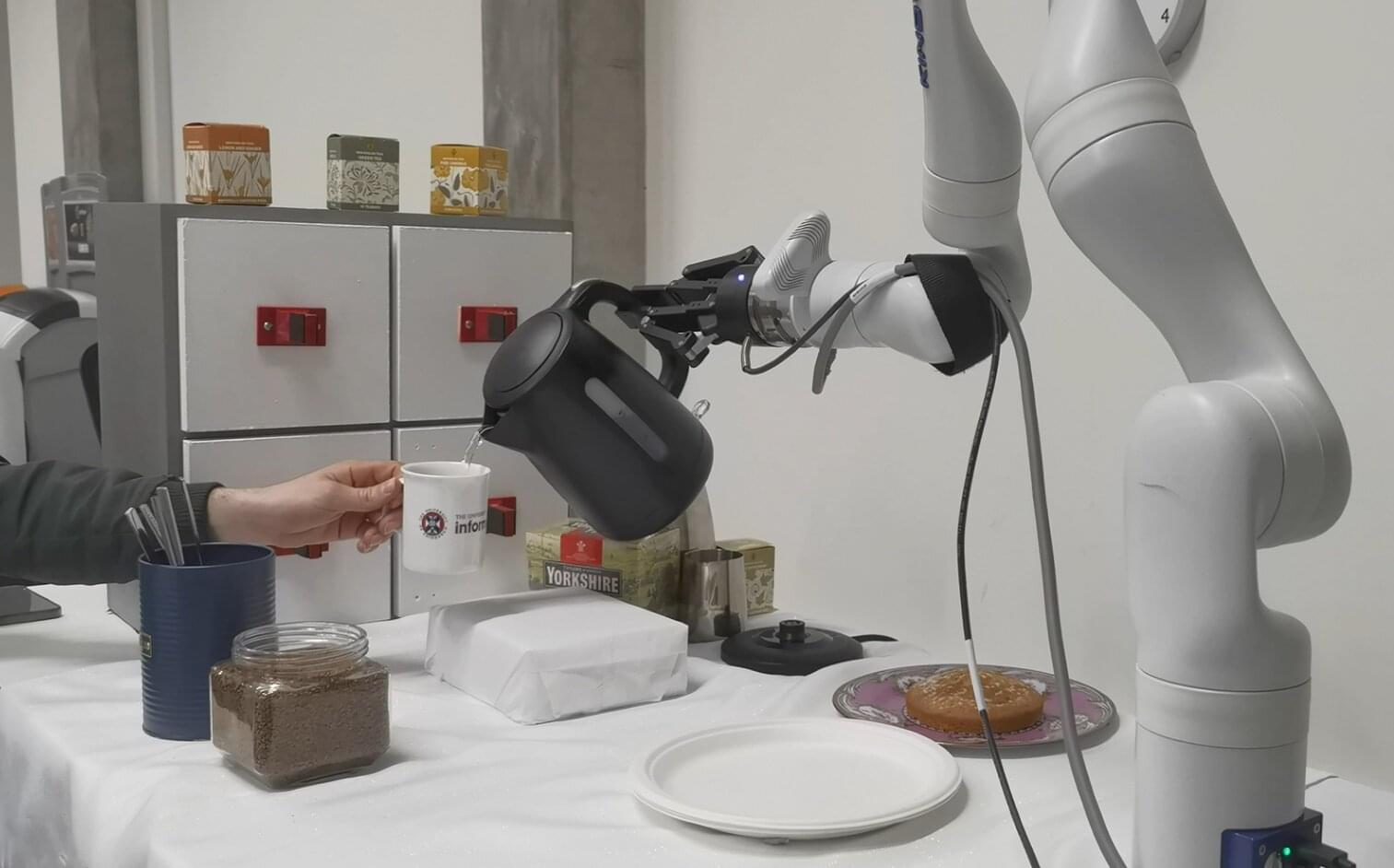
An AI-powered robot that can prepare cups of coffee in a busy kitchen could usher in the next generation of intelligent machines, a study suggests.
The research, published in the journal Nature Machine Intelligence, was led by Ruaridh Mon-Williams, a Ph.D. student jointly at the University of Edinburgh, Massachusetts Institute of Technology and Princeton University.
Using a combination of cutting-edge AI, sensitive sensors and fine-tuned motor skills, the robot can interact with its surroundings in more human-like ways than ever before, researchers say.